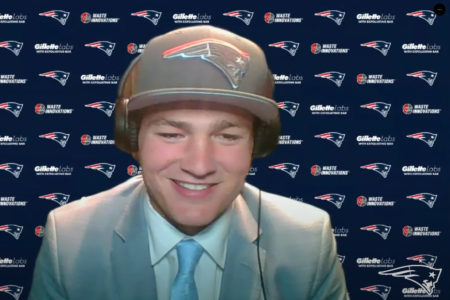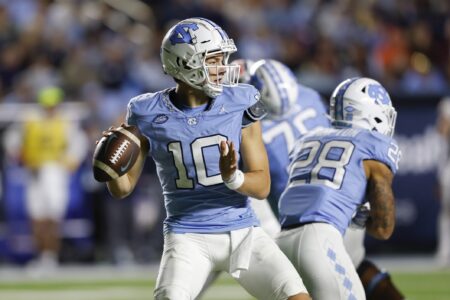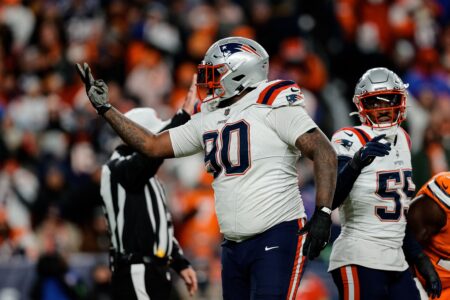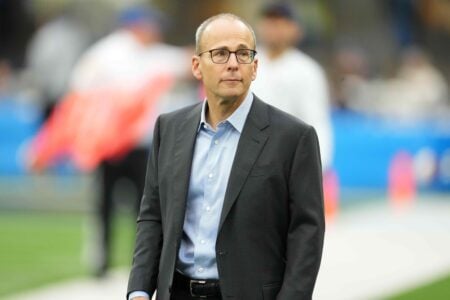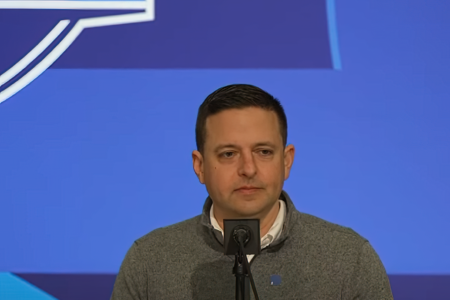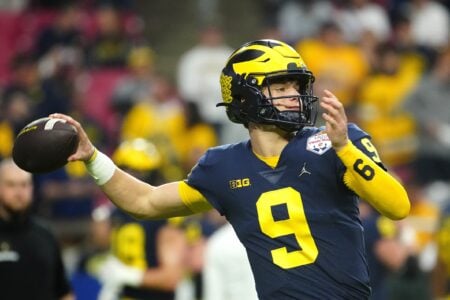Again, ignore it if you like, the status quo ended under duress (at gunpoint if you will) in 2006. The players willingness to continue that deal isn't surprising nor did it represent status quo. What that deal did call for in addition to sea change revenue computation was an opt out provision if the owners found the terms onerous. They did. The NFLPA always anticipated they would. Hence the red herring offers to maintain the status quo, the red herring requirement for full financials for each franchise, and what the rank and file believe is a red herring lawsuit. Hope they don't find out that was never their lawyers intention.
How exactly did the status quo change in 2006?
As far as the players' cut of the NFL's revenue, it really didn't change that much -- from 2000 to 2009, the player's compensation as a percentage of all actual revenues (not Total Revenues, which is less ~1 billion in credit deductions) has been: %56.5 %52.6 %51.8 %50.5 %52.3 %51.1 %52.7 %51.8 %51.0 %50.6.
That's right -- the player's cut of the NFL's gross revenues in the year's since the 2006 CBA has actually been on average a full percentage point
lower than the six years prior.
The players big "win" in the 2006 CBA agreement wasn't a big bump in compensation independent of revenue increases, but rather, tying their compensation into the rapidly increasing retained revenue streams in addition to the shared revenue, thus ensuring that their compensation would rise along with the NFL's rising fortunes.
The problem is that the past 4 years have seen the continuation of a rapidly progressing trend toward greater revenue disparity between the NFL's franchises, as the retained revenue streams become an increasingly larger percentage of the NFL's gross. So now, for every $32 million in local revenues that owners like Jerry Jones and Bob Kraft bring in, the salary cap and floor rises $1 million for all teams, even though they don't share in any of that money.
What's unsustainable about the NFL's current business model isn't the player's wages, it's the unequal growth in revenue between the NFL's "have" and "have not" franchises... and don't think the owners don't all realize this. It's just that they correctly realize that at this juncture, it would be easier for them to make up for this growing disparity by getting money back from the players, instead of going to war with each other over revenue sharing plan alterations.
Unfortunately for NFL fans, this is at best a temporary stopgap fix. So long as the revenue disparity continues to increase, these problems will keep cropping up every time a new CBA is on the table.





